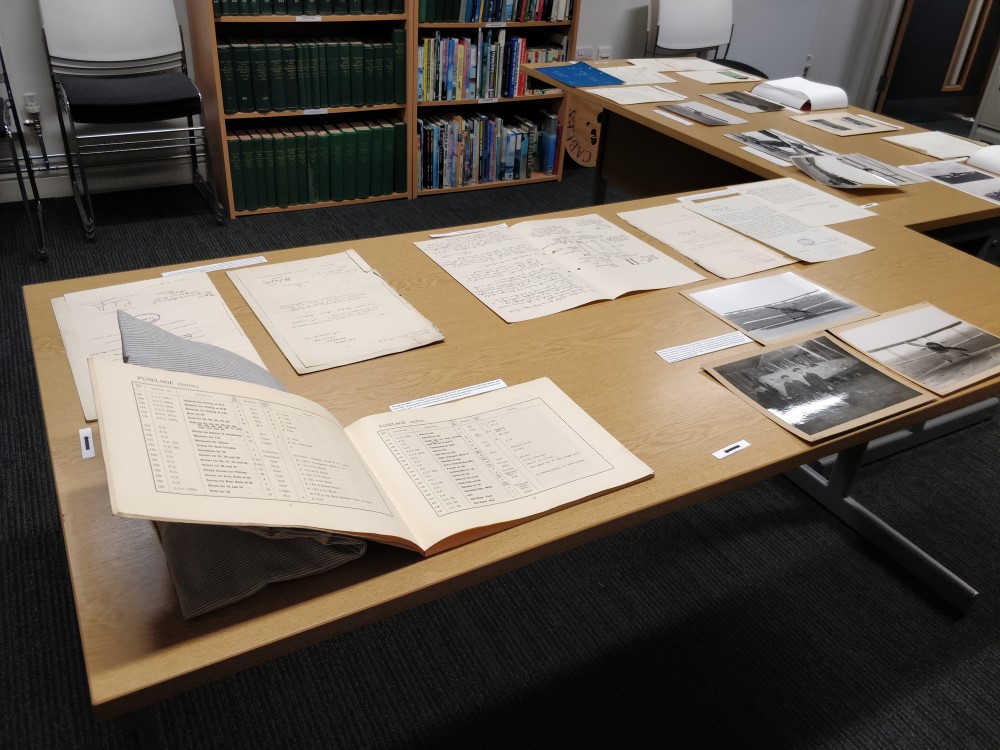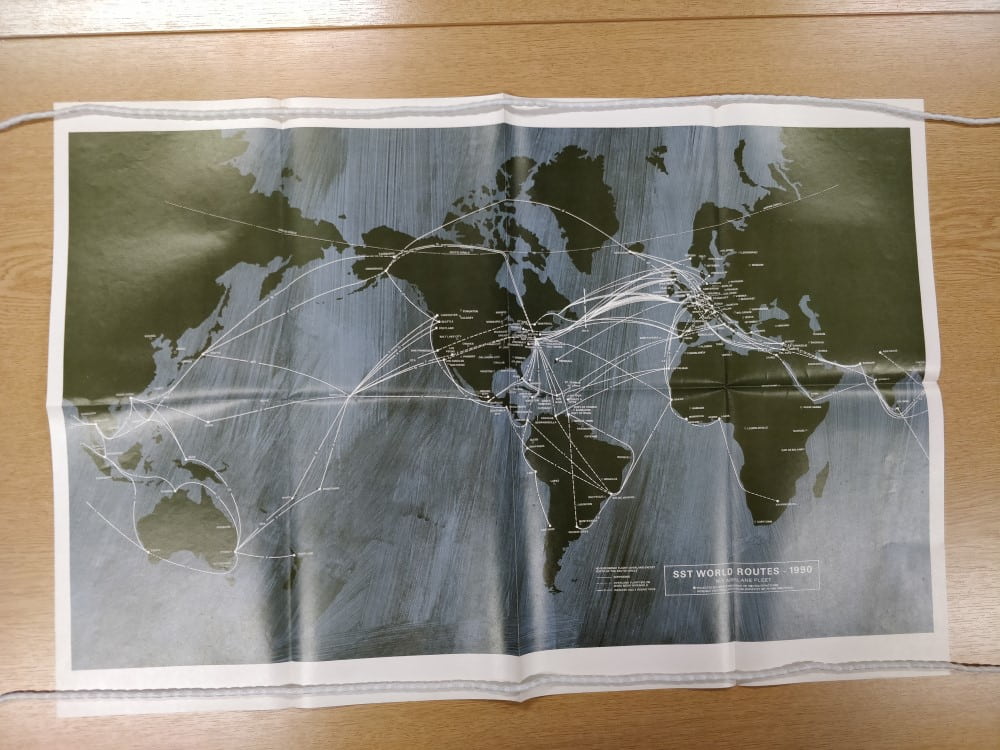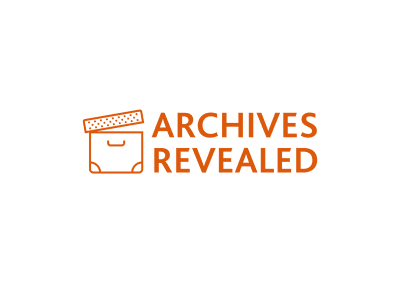Second month of the project: Events, processing and maps
We are now into the second month of the Archives Revealed cataloguing project and things are moving along well. This month has been a mix of cataloguing and holding the first archive drop in session and talk of the project, as well as putting in the groundwork for future events and drop in sessions.
On the 9th of November we held the first archive drop in, and hopefully it will be the first of many. This session was focussed on the Bristol Scout and the Bristol Fighter during the First World War, with archive documents and photographs on display for one afternoon to be browsed by anyone who would like to see them.
The display included a mix of documents from letters about leaky engines to photographs of the Bristol Fighter that was interned in Holland and given Dutch paintwork during the First World War
Similar events will be held in the future, so watch this space for information about upcoming archive drop in sessions!
Although this month hasn’t solely been cataloguing, it is still where the majority of the time for the project is spent. One of the more satisfying tasks when processing archives (a personal favourite, anyway) is rehousing material and making sure it is suitably stored in something to preserve the documents in their current state and not put the documents at any risk of degradation. Usually that will mean placing documents inside an acid free box that can be sealed, or placing loose documents within acid free folders. These booklets, for example, had been housed within an old cardboard box with no lid, leaving them at risk.
An old cardboard box isn’t the ideal condition for archive documents
But now the documents have been moved to an acid free box, with a lid:
Low-acid surroundings should help preserve the documents in their current conditions, the lid should help keep out anything we wouldn’t want in there, and then the box will be stored in the sealed and environmentally controlled archive store. Nice and secure!
Most interesting find of the month
This month’s most interesting document has become a fast favourite. It is a Concorde route map from the late 1960s, estimating where and how often Concorde would be flying by the 1990s.
This map doesn’t represent the reality of what happened, but it’s a nice opportunity to see what the hopes for Concorde were.
Map credit: BAE Systems
One route of particular note seems to be the Tokyo – Honolulu route, which had been planned for 49.5 round trips per day!
Map credit, BAE Systems
And finally, on the 6th of December we will be opening up the archive as part of the Heritage Lottery Fund’s #ThanksToYou campaign for National Lottery players, thanking the lottery players who help make the Heritage Lottery Fund’s grants to museums and heritage institutions possible. Bring along a lottery ticket or scratch card to gain entry to the archive, where we will be displaying material about Bristol’s early aviation ventures and early plans for Concorde (including plenty of planned route maps and bright, shiny sales booklets). Entry will be over several 15 minute sessions on a first come, first served basis throughout the day, see the What’s On page for more information. Please note that a standard museum ticket is still required in addition to a National Lottery ticket






